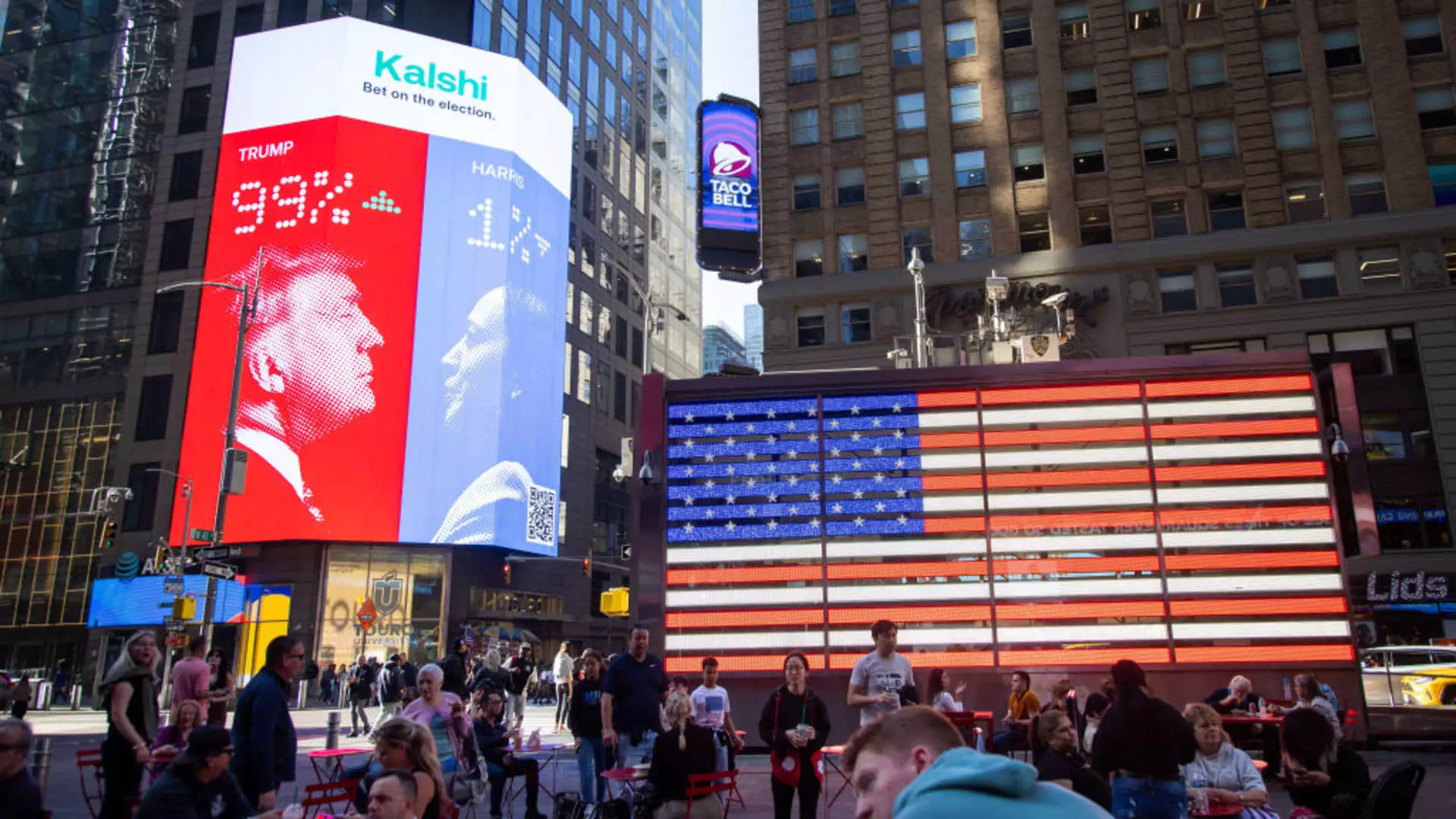The stock market stands at a unique juncture under the leadership of President-elect Donald Trump, as suggested by financial experts like Jeremy Siegel from the Wharton School. Siegel characterizes Trump as potentially the most pro-business president in U.S. history, a designation that opens up discussions on how his policies may reshape market landscapes. His administration prioritizes stock market performance as a metric for success, fundamentally linking governance with market prosperity. This relationship signals that Trump’s initiatives will likely align with pro-capitalist sentiments, aiming to foster an environment ripe for investment and growth.
In the immediate aftermath of Trump’s election, the stock market showcased remarkable growth, with indices like the S&P 500 and Dow Jones Industrial Average achieving historically high levels. The S&P 500 surged by an impressive 4.66% within one week, while the Dow surpassed the 44,000 mark for the first time. Such a dramatic uptick can largely be attributed to investor optimism surrounding Trump’s promises of tax reductions and reduced regulatory burdens. This bullish sentiment has implications extending beyond immediate profits, as it can instigate a broader economic revival fueled by heightened consumer and investor confidence.
The market’s ascent post-election also highlighted specific sectors that are poised to significantly benefit from Trump’s policies. Notably, stocks that resonate with Trump’s vision, such as Tesla—a company whose CEO openly supports the president—saw notable gains, achieving a return to a $1 trillion market capitalization. Financial institutions like JPMorgan Chase and Wells Fargo similarly experienced marked increases in stock value, signaling a trend that could persist as Trump continues to legislate policies congenial to the banking sector.
Moreover, the cryptocurrency market, particularly Bitcoin, has been on an upward trajectory, fueled by speculation regarding potential regulatory leniency under Trump’s administration. This suggests that a broad range of assets, including high-risk investments, are witnessing renewed interest as investors recalibrate their strategies in light of the altered political landscape.
Despite these optimistic projections, caution is warranted as Trump’s trade policies could introduce volatility into the market. His commitment to imposing substantial tariffs on trading partners may hinder economic expansion and escalate inflationary pressures, particularly against the backdrop of the Federal Reserve’s ongoing efforts to combat price increases. If these trade barriers lead to retaliatory measures, the potential for a destabilized economic environment could offset the benefits that Trump’s tax cuts aim to provide.
While the initial signs point to a favorable market environment under President-elect Trump, it is essential for investors to consider the multifaceted implications of his policies. The interplay between tax reforms, regulatory changes, and international trade dynamics will collectively shape the economic landscape and ultimately influence market performance in the years to come. As the narrative unfolds, vigilance and adaptability will be crucial for navigating this evolving financial terrain.

